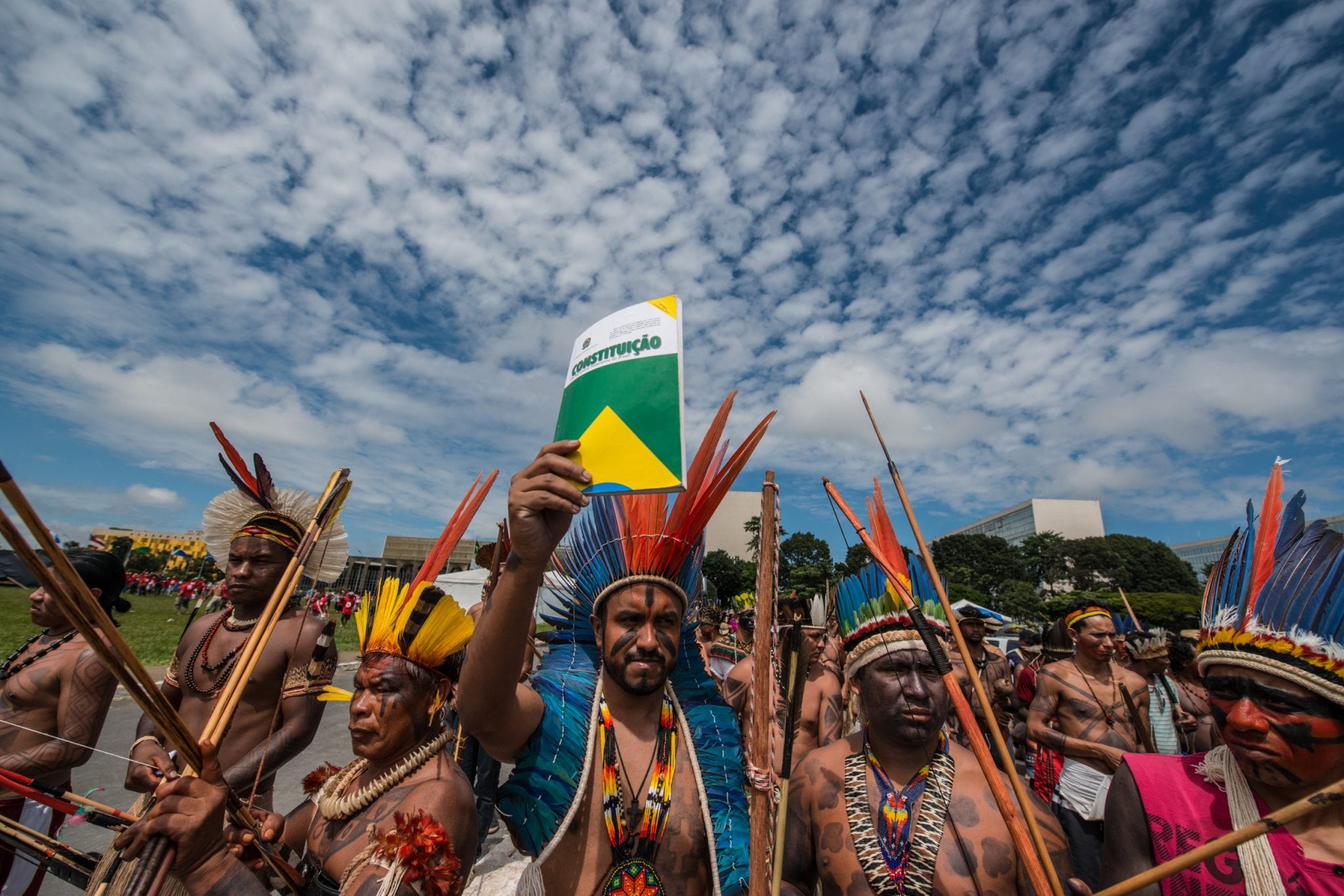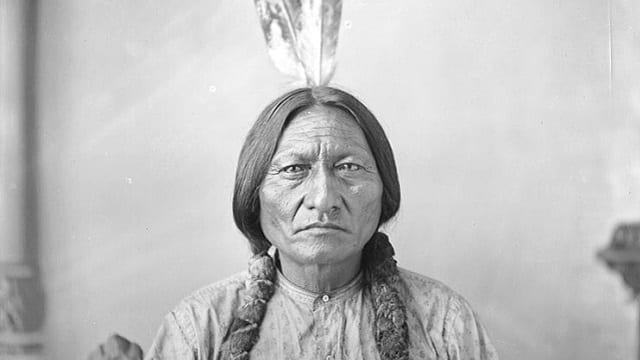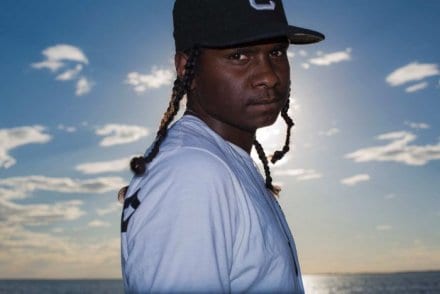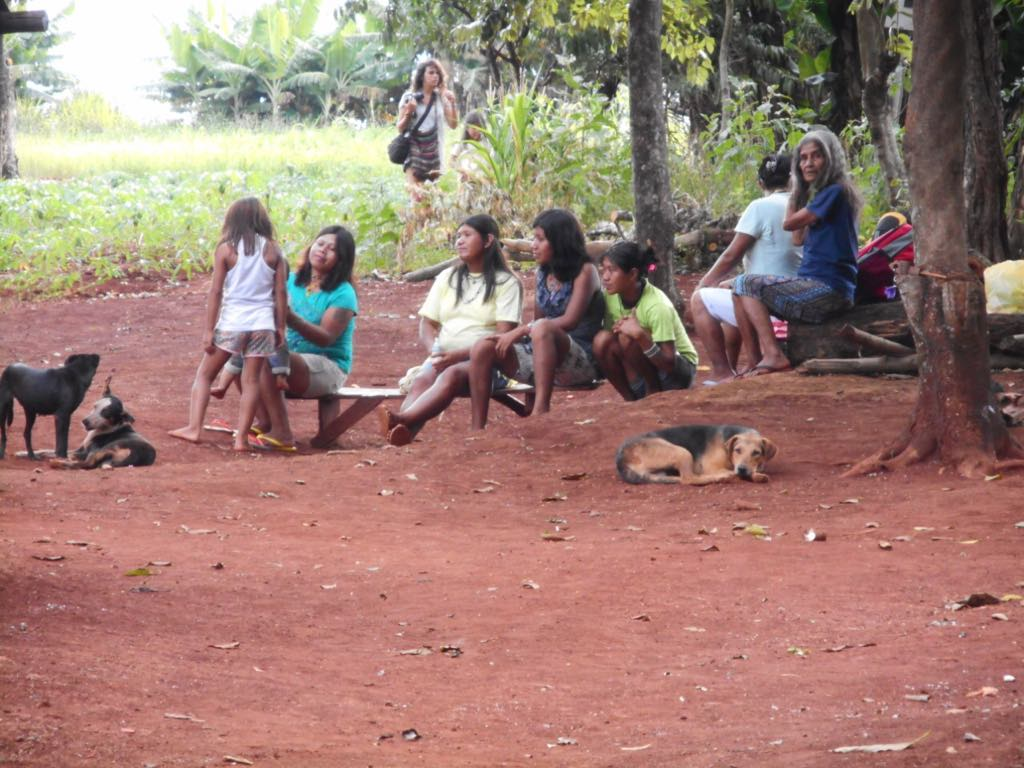Let’s kick off the new year with a few facts…
We know that the worlds’ indigenous are our not so secret weapon to preserve forests and combat climate change. As of december 2017, cutting-edge geospatial geography, has made it possible to analyze exactly how big this impact is. LandMark is the first global platform to map collectively held indigenous and community lands and measures the complex threats and opportunities around land rights in the fight against climate change and deforestation. For the first time, anyone, anywhere can use the platform’s powerful tracking tools to easily calculate the amount of carbon stored in specific indigenous and community lands, track tree cover loss in nearby forests and identify threats, such as mining concessions or major dams under construction. LandMark allows users to overlay this data with the best available information on where Indigenous Peoples and communities reside, as well as attributes like whether the lands are legally recognized, when they were documented and more.
Striking aspects of the data are the visibility of irregular acquisitions of indigenous land and how many indigenous tribal communities are undocumented or lack legal security over their land. Indigenous communities worldwide protect over 50% of the earths’ surface, but have formally recognized ownership over less than 10%. This means the other 40% is owned, used and managed collectively, leaving those local communities at the odds of greater forces, whereas they depend on the land and water for their livelihood. More broadly, societies that have insecure land rights have fewer opportunities to enjoy prosperity and achieve sustainable development. Rather, it should be recognized that we all benefit from the biodiversity hotspots that regulate water flows, sequester carbon and maintain ecological balance, governed by indigenous people but treated as collective property.
Collective land rights are an essential condition for Indigenous Peoples and local communities to enjoy human rights, and uphold cultural diversity. The reality is that even just speaking out to defend land and environmental rights puts people in danger of being forced from their homes, threatened and even killed. We envision a world where all women and men, peoples and communities have the right to shape their own destiny without fear or intimidation. Let this be our new years’ resolution.
www.landmap.org
Photocredit:
NAME: MUNDURUKU PEOPLE
PHOTOGRAPHER: Fábio Nascimento
LOCATION: TAPAJÓS RIVER (BRASIL)





